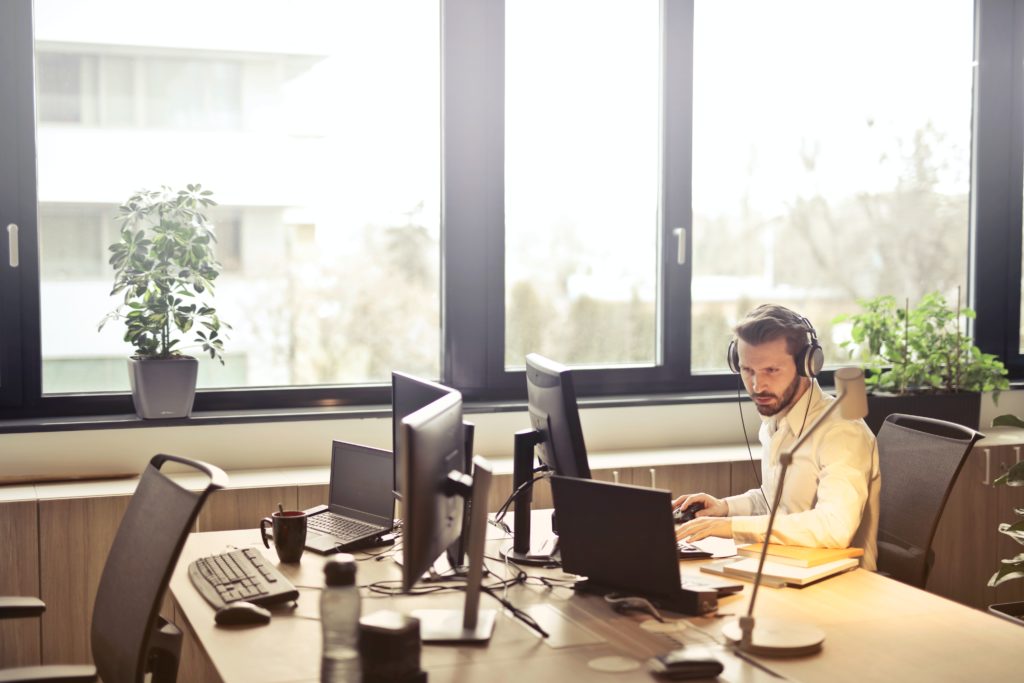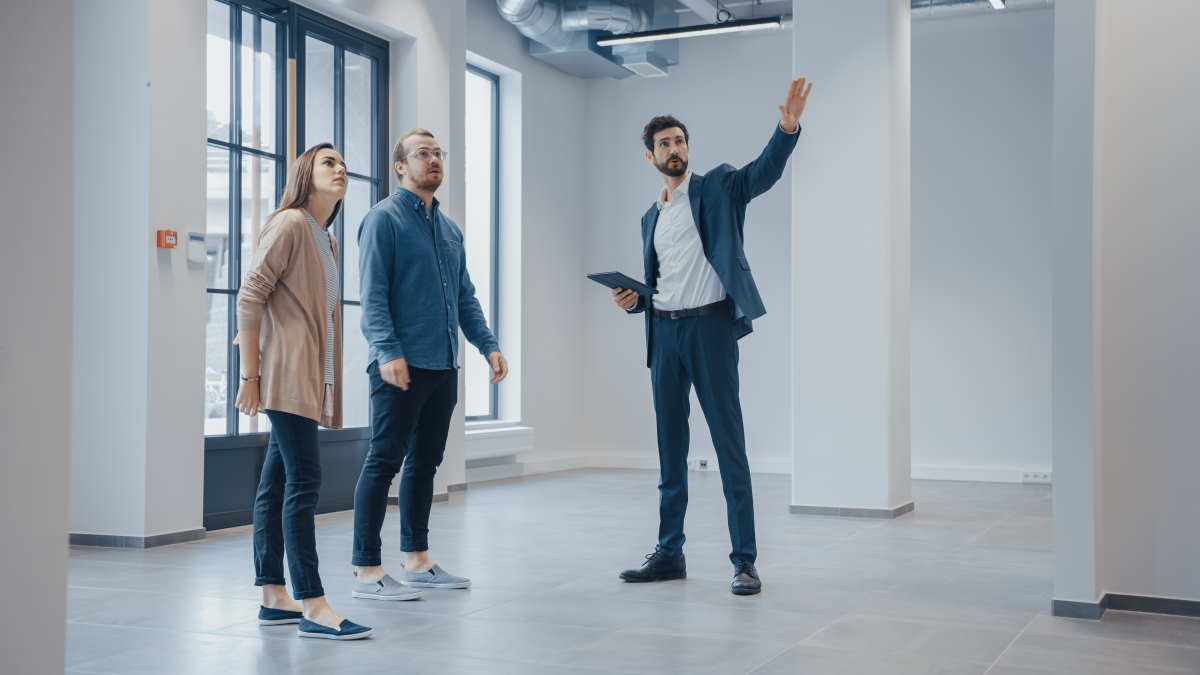As the world evolves and technology advances, so do our workspaces. Gone are the days of strictly partitioned office spaces with individual compartments for every staff member. Conversely, an upheaval in the realm of commercial office settings is emerging due to the swift embrace of cutting-edge technologies. Throughout this piece, be prepared to delve into how innovation alters our professional dynamics and interpersonal experiences within contemporary workspaces.
Technology Advancements Impacting Offices
Everywhere you look, there seems to be some form of technology impacting our everyday lives, and offices are no exception. From major advancements in communication tools to specialized software that streamlines various tasks, today’s office environment is becoming increasingly digitized.
These advancements have helped businesses create more efficient workflows and support their employees’ well-being while reducing overall costs and environmental impact.
Office Automation and Efficiency
Automation significantly contributes to this transformation. Numerous routine tasks can now be executed by software or gadgets, bypassing the need for human involvement. Consequently, employees gain more time to concentrate on tasks of greater importance and value.
For example, meeting rooms can be booked remotely through digital systems, ensuring no double-bookings occur or wasted time searching for a free room. A growing number of office buildings also use software to update lobby info which allows staff and visitors to quickly obtain essential details when entering a facility.
Workspace Design and Flexibility
The incorporation of technology has led to a shift in office design as well. An emphasis on flexibility and adaptability has become increasingly important as businesses react to rapidly changing market conditions. Open plan offices with reconfigurable furniture allow teams to collaborate with ease, while modular workstations facilitate quick adjustments based on project needs or team size. This focus on adaptability isn’t just about office layouts—it also includes how businesses use their outdoor spaces. For instance, installing commercial EV charging stations is becoming more common as companies support the shift to electric vehicles. These stations show a commitment to sustainability while offering practical benefits for employees and visitors. By including features like these, businesses can create a more flexible and future-ready workspace.
Remote Work and Virtual Collaboration
Thanks in part to technological advancements such as video conferencing tools (e.g., Zoom) and instant messaging platforms (e.g., Slack), remote work has become a common practice among companies worldwide.
This ability for teams to collaborate from their homes or co-working spaces has led to a reassessment of commercial office space requirements, as companies tend to need fewer on-site workstations. Moreover, virtual collaboration tools enable employees across different time zones to communicate seamlessly and maintain strong working relationships.
IoT Devices Changing Office Experience
Internet of Things (IoT) devices are becoming increasingly prevalent in modern office spaces, delivering valuable insights and enhancing the user experience. From environmental sensors that monitor air quality and adjust temperature settings accordingly, to phone apps that can control lighting and identify free meeting rooms, IoT devices can improve working conditions while saving energy.

Enhanced Cybersecurity in Workspaces
Sensitive data breaches can lead to significant financial losses for businesses; therefore, it’s no surprise that cybersecurity has become a crucial part of the modern office space. Fueled by powerful encryption technology and advanced access control protocols, office networks are now equipped with numerous security layers that protect sensitive information from unwanted intrusions.
AI-driven Analytics for Decision-making
Artificial intelligence is shaping the way businesses make decisions by providing more accurate data analysis at lightning-fast speeds. Through machine learning algorithms, AI-powered tools can synthesize sprawling datasets to present key findings and actionable insights to decision-makers within a company—informing everything from hiring strategies to targeted marketing.
Energy-efficient Smart Building Features
In an effort to minimize carbon footprints and slash energy expenses, many companies are investing in smart building technologies. These digital solutions include motion-sensitive lighting systems that conserve electricity when rooms aren’t in use and optimized heating/cooling controls that better regulate temperatures throughout the building automatically.
Workspace Wellness through Tech Solutions
Technology has not only improved physical workspace conditions but also fostered mental wellness for employees. Products like Daylight-Emulating LED Systems mimic natural sunlight cycles to avoid disrupting biological rhythms while minimizing eye strain caused by prolonged screen exposure. Noise-cancellation headphones block out distracting sounds, promoting concentration and productivity.
Virtual Reality Applications in Offices
Virtual reality (VR) has shown promise for a range of commercial applications in office spaces. From immersive remote meetings that foster better engagement to detailed virtual walkthroughs for clients examining new property developments, VR technology delivers richer communication experiences for workers and clientele alike.

Personalizing Workspace Tech Integration
As office technology continues to advance, it’s important to strike a balance between integrating tech innovations and catering to individual employee needs. Tailoring workspace aspects like sound management or ergonomic design can make a significant impact on overall productivity as well as job satisfaction levels among staff members.
Future Outlook: Commercial Office Space
Technology is revolutionizing the way commercial office spaces function by providing valuable tools and infrastructure that promote efficiency, sustainability, and well-being. The continuous development of advanced technologies promises an exciting future for our work environment as companies continue adapting to new technologies to maintain their competitive edge.
By prioritizing the smart integration of these innovations within their facilities, businesses can create more dynamic workspaces that respond intelligently to employee needs while safeguarding long-term success.
